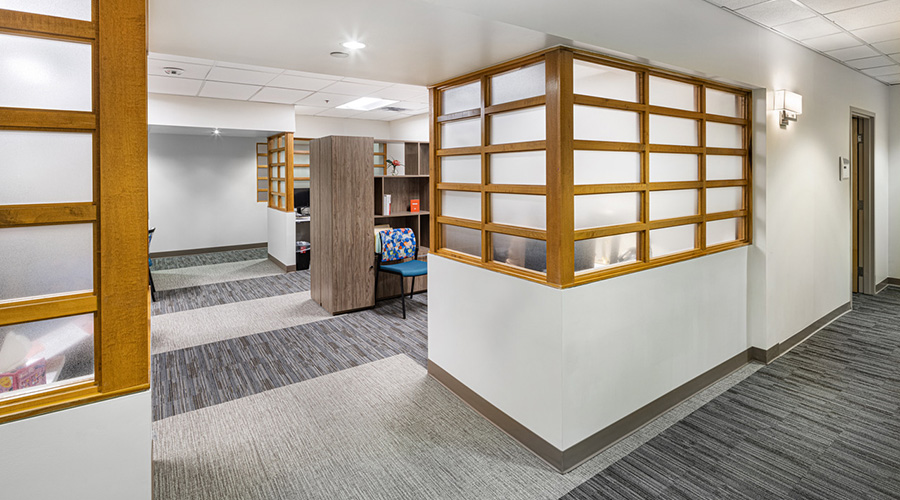While the ultimate goal of zero patient harm in hospitals has been largely elusive, there could be hope for progress by adapting lessons from high-risk industries, according to an article on the Healthcare Finance News website.
The article focuses on a paper published in the Milbank Quarterly. In the paper, authors Mark R. Chassin, MD, president and CEO of The Joint Commission and the late Jerod M. Loeb, PhD, the Joint Commission’s former executive vice president for healthcare quality evaluation, examined high-reliability industries and hospitals and laid out a 14-part plan for hospitals to achieve high reliability.
“In a high-reliability environment, errors and unsafe conditions are recognized early and prevented by rapid remediation from causing harm. But in health care, uncoordinated and poorly designed and maintained mechanical systems (like medical device alarms) are tolerated, even though they are not safe,” the paper said.
The paper outlines a framework for hospitals consisting of 14 components categorized in three major domains: leadership, safety culture and robust process improvement. Highlights of those components include:
• Hospital leadership must commit to the ultimate goal of high reliability or zero patient harm rather than viewing it as unrealistic.
• Hospitals must create a culture of safety that emphasizes trust, reporting and improvement.
• Hospitals need new process improvement tools and methods in order to make far greater progress toward eliminating patient harm.
Read the article.
Read the paper.

 Code Compliance Isn't Enough for Healthcare Resilience
Code Compliance Isn't Enough for Healthcare Resilience Ribbon Cutting Marks First Phase Completion for New Montefiore Einstein Facility
Ribbon Cutting Marks First Phase Completion for New Montefiore Einstein Facility Brooks Rehabilitation Launches 3 New Major Construction Projects
Brooks Rehabilitation Launches 3 New Major Construction Projects Joint Commission Standards: What Updates Matter Most?
Joint Commission Standards: What Updates Matter Most? Swinerton Completes Construction at Atlanta's Grady Hospital
Swinerton Completes Construction at Atlanta's Grady Hospital